Jute rugs cleaning
Jute rug cleaning, jute rug laundry, antibacterial rug cleaning, rug disinfection, rug impregnation are performed in top quality according to our internal company standards, IICRC™ guidelines and norms and the professionally implemented PERSIAN® system.
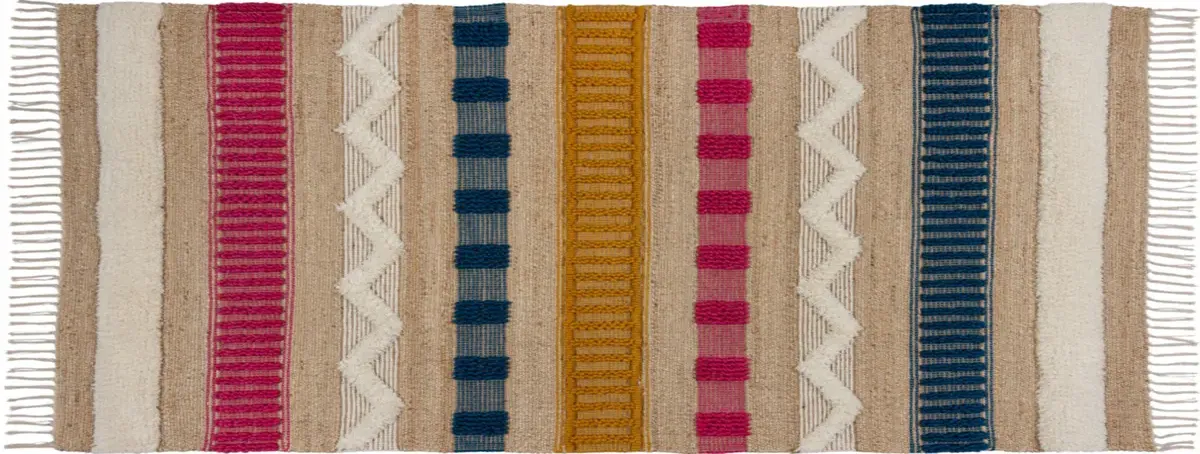
 the PERSIAN® trademark defines the Rug Service® branded technology concept of a professionally qualified implementation company dedicated to the regular maintenance, cleaning, revitalization and impregnation of synthetic, natural, wool, Persian and silk rugs, textile and leather sofas, chairs and upholstered materials. This branded concept brings the utmost professionalism in full synergy with maintaining ethical, environmental and quality performance standards including contractual guarantee of the services provided by the contractor.
the PERSIAN® trademark defines the Rug Service® branded technology concept of a professionally qualified implementation company dedicated to the regular maintenance, cleaning, revitalization and impregnation of synthetic, natural, wool, Persian and silk rugs, textile and leather sofas, chairs and upholstered materials. This branded concept brings the utmost professionalism in full synergy with maintaining ethical, environmental and quality performance standards including contractual guarantee of the services provided by the contractor.
Jute rug cleaning delivers the perfect solution for the longevity and beauty of your rugs. Rugs are an important element of any interior. They bring warmth, style and comfort to a space. However, their maintenance can be challenging and even regular vacuuming is often not enough to keep rugs in perfect condition. Over time, dust, allergens, dirt and various stains settle into the fibres of rugs. The solution is to use professional services that offer jute rug cleaning.
Jute rugs are a very popular choice in many homes and commercial spaces today. They offer a wide selection of designs, colors and textures at an affordable price. They are stain resistant and easier to maintain than rugs made from natural materials. Nevertheless, even jute rugs need regular care to maintain their appearance, durability and hygienic properties. This is where our jute rug cleaning service comes in, which specialises in thorough, gentle and effective cleaning of jute materials.
Jute rugs – the history and science of rugs
You probably know Jute as burlap. In interior design, it is mainly found in rugs, decorations, lighting fixtures or home textiles. The care of jute rugs and other products is quite demanding, but it is balanced by high durability, breathability, insulating and anti-static properties.
The production and processing of jute is almost as old as human civilisation. The machine production of jute yarn is considered to have begun in a flax spinning mill in Dundee, Scotland, in 1830, and the British dominated the production and market for jute until the end of the 19th century. In India, the first jute weaving mill opened in 1855 and by the early 20th century 450 million jute sacks were being produced annually (mainly in and around Calcutta). In continental Europe and the USA, there has been some development in jute fibre processing (and the design of production machinery) since the late 19th century, but by the early 21st century (2012) less than 1% of jute fibre was being processed in this region, and virtually all jute textile production has moved from here to the Indian subcontinent.
Properties and uses of jute fibre
Jute is one of the cheapest raw materials for the textile industry. The plant contains 5-7,5 % of ‘technical’ fibres of 150-400 cm in length (a bundle of at least 10 elementary fibres of 1-5 mm in length bonded with lignite), with a diameter of about 18 µm and a relative strength of 83-196 mN/tex. The wettability is up to 34 %, jute has excellent resistance to micro-organisms and is very easy to dye. Disadvantages include the fact that jute products are very dusty (release of elementary fibres) and smell unpleasant.
More than 90 % of the yarns are used to make fabrics, only a small proportion of coarse yarns are used for rope products. For woven fabrics, the following types are commonly distinguished:
Saking – burlap for coarse packaging of heavier materials. Twill-weave fabric, usually with a warp of sacking yarn, up to 750 g/m². In recent years (2013) about 3/4 of the jute fabrics produced (0.60 €/kg)
Hessian – linen fabric with a thinner finish, weight up to 500 g/m². Use: for sacks and tailoring liners. About 15% of the fabrics produced (price 2013 = 0,72 €/kg)
CBS (Rug Backing Cloth) – backing fabric for tufted rugs with a weight of approx. 200-400 g/m²
Canvas – the finest dense woven fabric made of skated yarn
Scrim – a thin, cheap fabric
At the beginning of the 21st century, weaving was almost exclusively done using shuttle looms (mostly older than 30 years) and hand looms. Only about 2% were more modern loomless machines. (E.g. Chinese needle loom with a working width of up to 300 cm at 400 rpm).
In addition to the well-known packaging and decorative textiles, a number of alternatives to jute products are mentioned in sales brochures. However, the share of fabric consumption for these purposes is still very low.
Our aim is to shed light on why it is important to have your rugs cleaned by professionals, what methods jute rug cleaners use, what benefits regular care brings, and how often you should visit a rug cleaner. The cleanliness, longevity and renewed look of your rugs are just a few steps away.
Jute rug cleaning and input
We know why it is important to have your jute rugs professionally cleaned at a rug cleaning company. Normal home rug care mainly involves vacuuming and occasional hand cleaning. However, these methods are not sufficient to thoroughly remove all the dirt and allergens that settle deep in the rug fibers. Professional jute rug cleaning can clean rugs so that they look like new, while extending their life and performing a deep disinfection with UV radiation and the “BIO-OZON” ozone vacuum machine, all without the need for chemicals.
Deep removal of dirt and allergens by UV radiation and ozonation
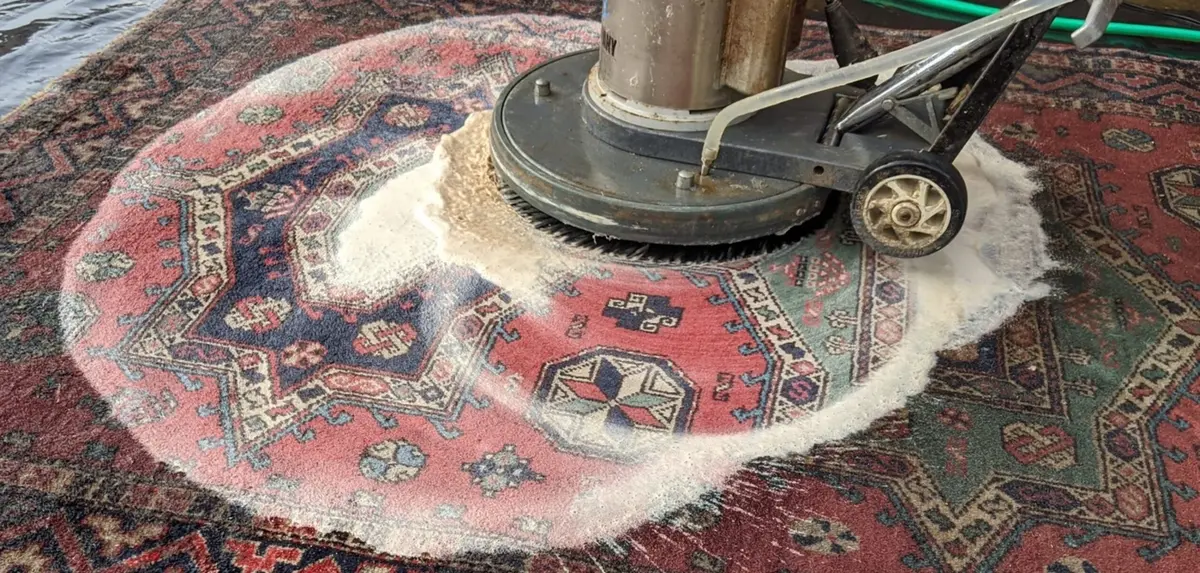 Powder, dust mites and other allergens can hide deep in the rug and cause health problems, especially allergies and asthma. Conventional vacuuming only removes surface dirt but does not reach deep into the fibres. Jute rug cleaning uses special technologies that penetrate deep into the rug and remove even the smallest particles of dust, dirt and allergens. This improves the air quality in your home.
Powder, dust mites and other allergens can hide deep in the rug and cause health problems, especially allergies and asthma. Conventional vacuuming only removes surface dirt but does not reach deep into the fibres. Jute rug cleaning uses special technologies that penetrate deep into the rug and remove even the smallest particles of dust, dirt and allergens. This improves the air quality in your home.
Removing stubborn stains and unpleasant odours with ozone
Rugs can easily suck up liquids and odors that build up over time and cause unpleasant smells. Professional cleaners use strong but gentle cleaning agents that will remove even stubborn stains from wine, coffee or pets without damaging the material. Stains that you don’t remove at home can penetrate deeper into the fibers over time, which can cause permanent damage to the rug.
Extend the life of your rug with impregnation and lanolin
Jute rugs are often an expensive investment, whether it’s a hand-woven piece rug or a modern designer piece. Regular professional cleaning extends the life of a rug by preventing the build-up of dirt that can damage its fibres. Jute rug cleaning will take care of your rug with care to make it last as long as possible.
Jute rug cleaning and technical information
Our professional jute rug cleaning does not just offer basic cleaning. We provide a variety of other services that can protect your rug and restore its original beauty. If you entrust your rug to us, it will receive the necessary and professional care within the points below, which are the basis and guarantee of a quality service.
- Receiving your rug includes a careful analysis and thorough inspection to ensure its condition.
- You will receive information from us about the pick-up date, the required scope of actions and the final price. The price is based on the material, construction, level of soiling and stains and other imperfections of the rug.
- The rug cleaning and maintenance process is based on the material of the rug and the nature of the soiling.
- After mutually agreeing on the exact price according to the total procedure required, your rug is ready for our rug cleaning service to be delivered.
Jute rug cleaning service overview
Before the cleaning procedure begins, rug repair or restoration of the rug and fringe is arranged if necessary. If your rug has suffered damage, for example due to wear, tear or loss of colour, jute rug cleaning can offer repair and restoration services. Experienced professionals can repair damaged fibers, re-dye faded areas, or restore the rug’s texture. These services are especially valuable for expensive or antique rugs that have a high value.
Phase 1 > mechanical brushing and knocking with the KIRBY® & HYLA® machine system. Tapping with a fine rotary brush loosens coarse mechanical dirt trampled deep into the rug fibre. The rug is ready for the next knocking process with the electric knocker, which aims to open and fluff the rug fibre. The whole process serves to loosen dust, hair, dried mud and dirt in the warp.
Phase 2 > chemical gentle cleaning – enzymatic/foam pre-spraying releases water soluble or dry foam soils. Enzymes will also remove contaminants that subsequent steps may not always release including removing grease and grime and releasing encapsulated odors.
Phase 3 > of rug drying is quite crucial. Although the final disinfection and antibacterial treatment with ozone (O₃) is the most effective possible, as (O₃) is a powerful oxidant that effectively kills bacteria, viruses, moulds and odours and is therefore used by our company for the final disinfection of surfaces and textiles, thorough drying is important. This is because moisture can affect the effectiveness of the final antibacterial treatment and the disinfecting efficacy of both chemical and ozonation.
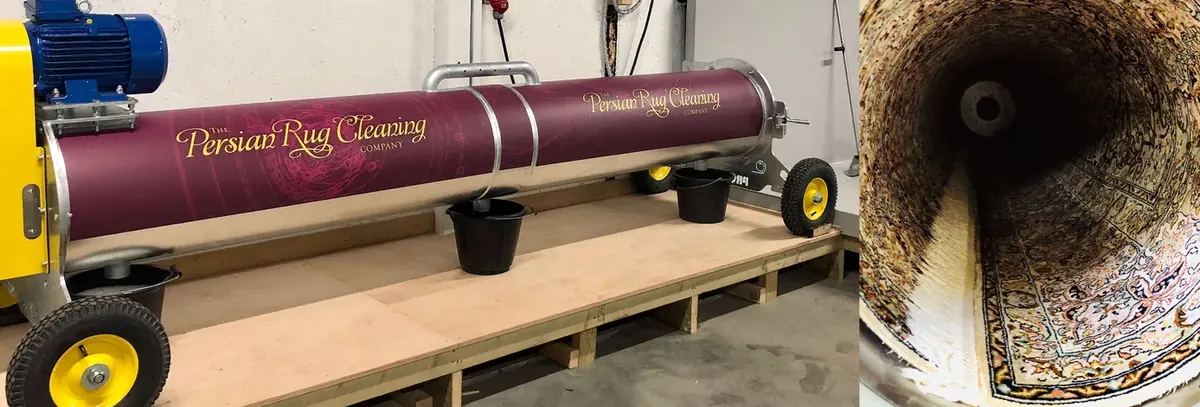 Residual moisture can still linger in materials after chemical or ozone disinfection, which continues to promote mold growth and possible bacterial proliferation. Therefore, at our dry cleaners, we consider it important to thoroughly re-dry materials after ozonation or chemical disinfection to prevent the re-growth of microorganisms.
Residual moisture can still linger in materials after chemical or ozone disinfection, which continues to promote mold growth and possible bacterial proliferation. Therefore, at our dry cleaners, we consider it important to thoroughly re-dry materials after ozonation or chemical disinfection to prevent the re-growth of microorganisms.
 Drying rugs and getting them thoroughly dry is the absolute key in terms of expertly executed natural or jute rug maintenance. Our company uses the AeroFlow® accumulated/radiant heat technology system from Thermotec AG. Contact drying with uniform drying of rugs relies on AeroFlow® technology, which efficiently transfers heat to the fabric and fibres via integrated chamotte heating plates that distribute the accumulated heat deep into the surface of the material for the required time via the built-in thermostat with FlexiSmart temperature and humidity sensor.
Drying rugs and getting them thoroughly dry is the absolute key in terms of expertly executed natural or jute rug maintenance. Our company uses the AeroFlow® accumulated/radiant heat technology system from Thermotec AG. Contact drying with uniform drying of rugs relies on AeroFlow® technology, which efficiently transfers heat to the fabric and fibres via integrated chamotte heating plates that distribute the accumulated heat deep into the surface of the material for the required time via the built-in thermostat with FlexiSmart temperature and humidity sensor.
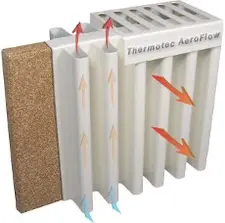 Drying rugs with the AeroFlow® system is therefore based on the proportional flow and radiation of heat to ensure fast and even drying of the rug. Thanks to the lower airflow velocity and low surface temperature of the heating plate, dust is not blown away and the rugs dry evenly. The independent VDE institute has verified that only quality materials meeting the certification criteria are used for the product “Thermotec storage heaters” and awards the products the VDE GS label.
Drying rugs with the AeroFlow® system is therefore based on the proportional flow and radiation of heat to ensure fast and even drying of the rug. Thanks to the lower airflow velocity and low surface temperature of the heating plate, dust is not blown away and the rugs dry evenly. The independent VDE institute has verified that only quality materials meeting the certification criteria are used for the product “Thermotec storage heaters” and awards the products the VDE GS label.
Phase 4 > disinfection and odour removal, as rugs can absorb odours over time, especially when exposed to moisture, pets or spilled liquids. Professional cleaning offers disinfection and odor neutralization services that will remove even the most stubborn odors and leave your rug fresh and smelling good. The antibacterial treatment is performed by deep disinfection with UV irradiation and ozone vacuum machine “BIO-OZON”, all without the need for chemicals with the highest possible efficiency in terms of removing mites, viruses, bacteria, odors and mold.
Phase 5 > application of protective impregnation including deodorization of the fibre after disinfection with ozone and UV radiation. After cleaning – drying – disinfection, application of a special protective agent that repels dirt and stains from the British company PROCHEM® is recommended. These agents form an invisible protective layer that prevents liquids from penetrating the rug fibres. This will make your rug better able to resist soiling and easier to maintain.
How often should you use the services of a jute rug cleaner?
The frequency of professional rug cleaning depends on several factors, including the type of rug, its level of use, and its location. In general, it is recommended to have your rugs professionally cleaned at least once a year. In homes with high dust levels, pets or young children, it is advisable to clean rugs more frequently, for example every 6 months.
Rug cleaning in households with allergies
If someone in your household suffers from allergies, it may be advisable to have the rugs cleaned even more frequently to minimise the presence of allergens such as dust, pollen and dust mites. Regular professional cleaning can go a long way in improving air quality and alleviating allergies.
Households with pets
Pets can leave hair, dirt and unpleasant odors on rugs. Jute Rug Cleaning offers special services for households with pets that include removal of pet hair, stains and odors associated with pets. It is recommended to have your rugs cleaned at least twice a year if you have a dog, cat or other pets in your home.
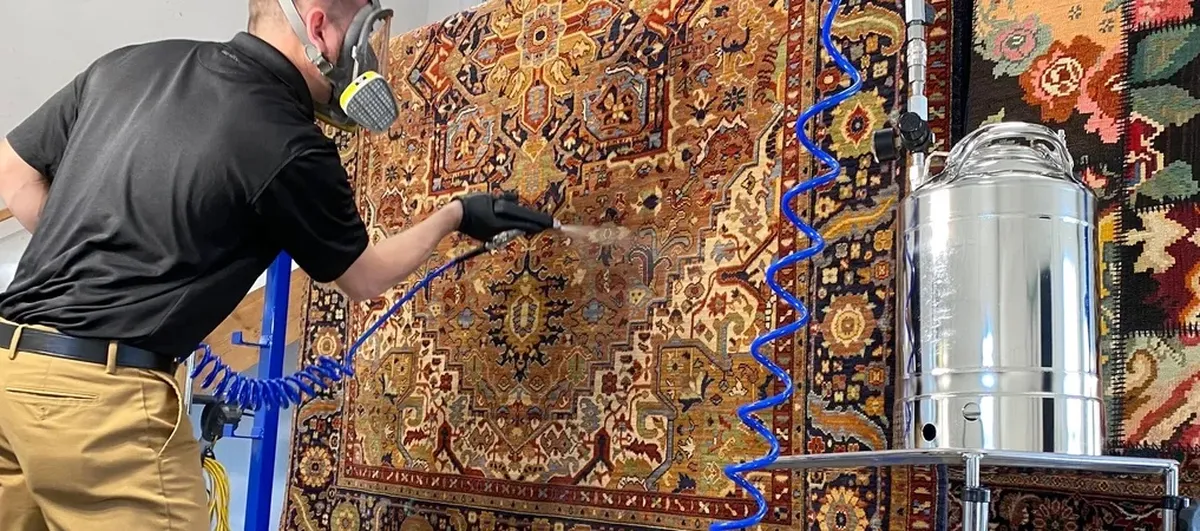
Why should you choose jute rug cleaning?
Investing in professional rug care is an investment in the long-term quality and hygiene of your home. Jute rug cleaning offers a wide range of services that not only ensure a perfect clean, but also extend the life of your rugs and improve the quality of life in your home.
It doesn’t matter whether you have a luxurious Persian rug, a modern piece rug or a delicate wool piece at home, jute rug cleaning will tailor its methods to the specific needs of your rug and ensure that it is always in perfect condition. With professional comprehensive rug maintenance, you can be sure that your rug will not only be clean, but also safe for your family’s health.